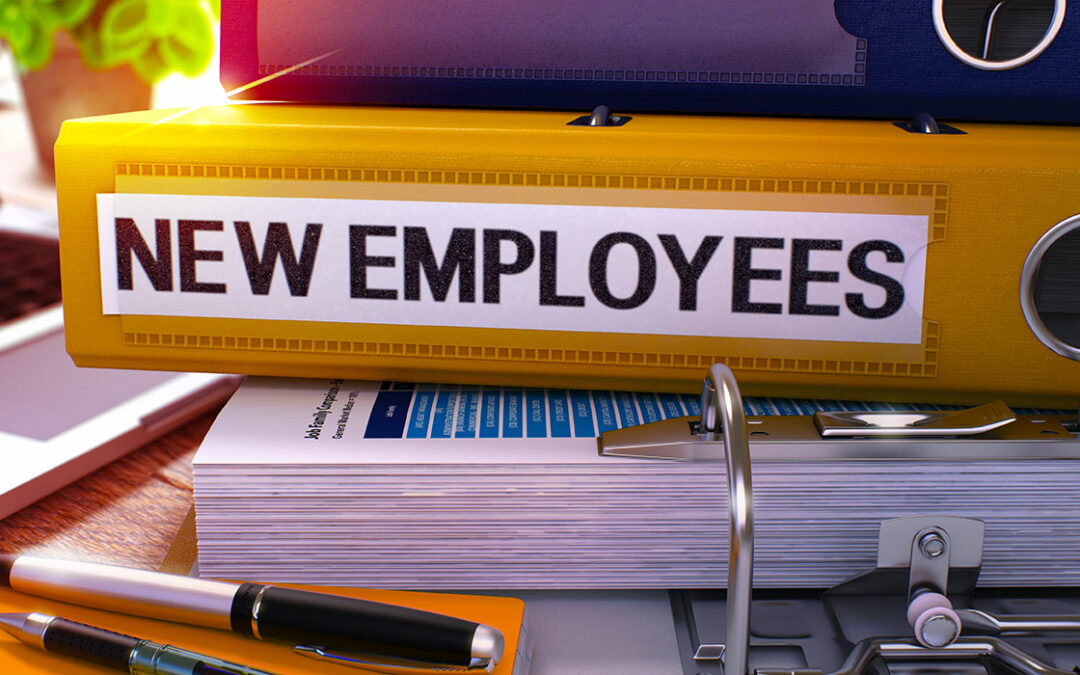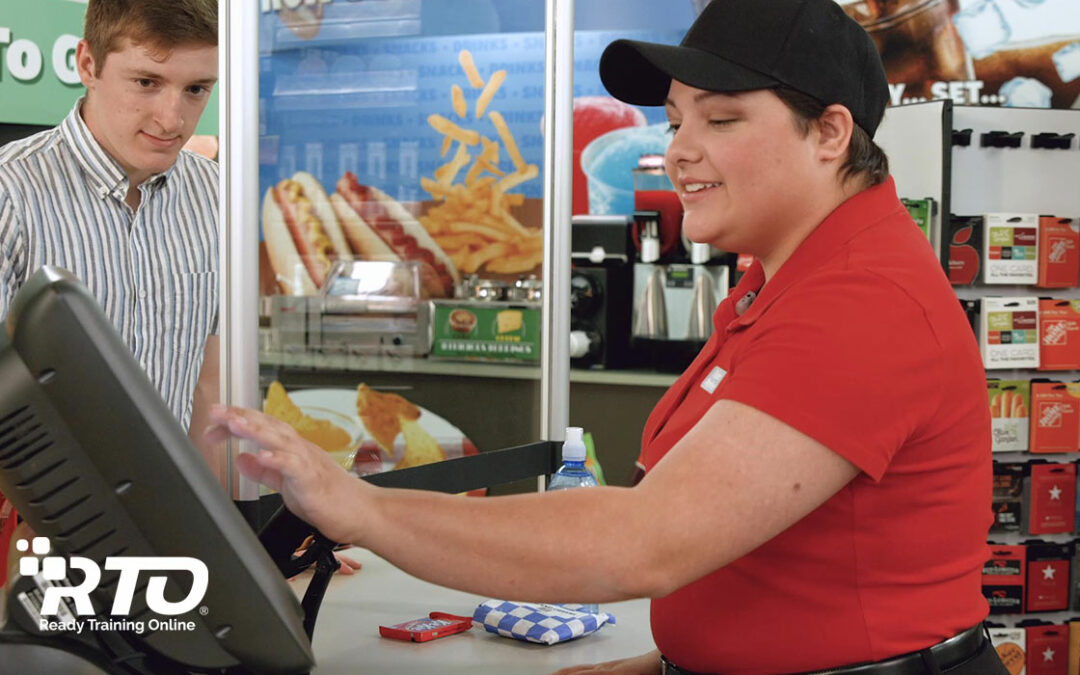As a convenience store manager, you know that working in a store requires a lot more effort and knowledge than most people expect. This is why it’s important to continually assess your knowledge gaps, and those of your employees. If any lack of knowledge is holding them back from doing their jobs, that can cost the business productivity, time, and money. Fortunately, there are many ways that you can assess these knowledge gaps to better address them.
Finding Knowledge Gaps
When you’re hiring a new employee, a good time to find knowledge gaps is during the interview. That way, you know what to teach them when they start their training, or you could decide to pick another candidate. However, this does not account for the gradual change in the job; as technology advances and business goals shift, jobs do as well. Employees can find themselves with a much different list of tasks than they had in the same position just a few years ago.
It’s important to test for knowledge gaps periodically; here are some methods that could help:
- Look for drops in KPIs – If an employee has a sudden loss of performance, especially after their routine changed to include a new duty or process, it could be a sign that they have a knowledge gap, and it’s holding them back.
- Ask fellow team members – If you want to know about how someone is doing on the job, who better to ask than the people working with them? They could have an angle of insight about tasks a coworker avoids or gets frustrated with – signs that there could be a knowledge gap.
- Perform a gap analysis – When you suspect there could be a knowledge gap, conducting a gap analysis is one of the best ways to find out if your hypothesis is correct or not.
Responding to Knowledge Gaps
Once you find a knowledge gap, the best thing to do is to fill it. Though you could try to do this in a team setting by adding another team member, training is often very effective as well, especially so at the individual level. Using training modules designed for your team to help them with these gaps is a very direct way of giving them the knowledge they need.
Implementing a learning management system (LMS) will ensure that every member of your team gets the same training, so they’ll be on the same page. An LMS can even include blended learning, so that trainees get extra experience to really help it all sink in better. The best part is that it can keep up with your employees, providing upskilling and reskilling as they move up through the company and assume new roles and responsibilities.
Get More Convenience Store Operations Tips
The convenience store training section of our article archives is dedicated to helping you meet your leadership goals. Check it out!





